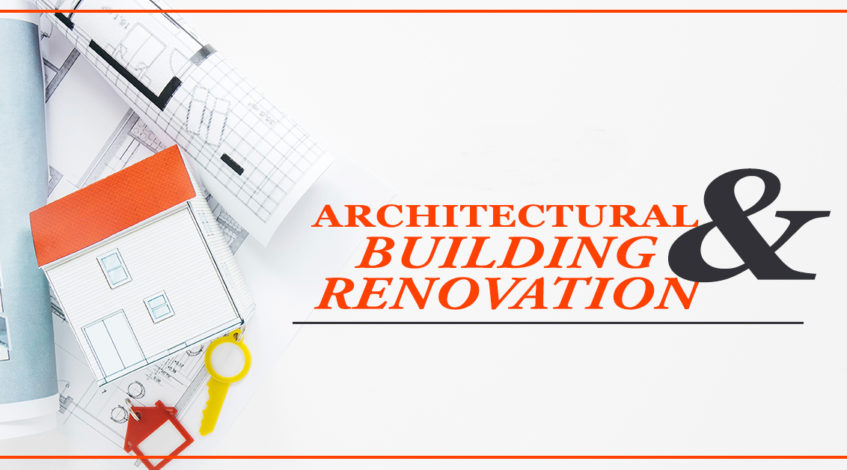Now that using technology can be found in practically every sector of the building market, it is a rational development to utilize CAD and CGI design to create 3 dimensional (or 3D) modelling in architectural design.
3D visualization is quite undoubtedly not a brand-new discovered method in the building market: it is one which has been utilized given that the earliest construction of permanent residences and other structures to help the client to have a visual picture of the completed project with the use of a smaller scale.
In earlier times, 3D modelling involved scaled models which were meticulously produced from products such as plaster or wood, and even heavy card. In the contemporary sense, CAD or Computer System Assisted Design and CGI or Computer Produced Images, take the hard work out of this vital promotional tool, producing in a reasonably short time what traditionally utilized to take sometimes months with a high level of precision.
Computer generated 3D modelling takes flat, less than excellent images and converts them into sensible styles and as such the client is better able to imagine the completed project in a virtual reality. This can be especially effective in the field of architecture 3D.
No longer are customers limited to technical drawings or elevation plans which only the experienced eye can translate: with cutting-edge technology, virtually any architectural idea can be manipulated in such a way that the audience has the ability to “walk” around and through the design, getting a feel for the building’s benefits whilst concurrently permitting the decrease or elimination of any potential problems that would typically be very challenging to forecast and pricey to rectify.
Most CAD 3D modelling programs are relatively easy to use in comparison with the conventional skills of technical and architectural illustration. The computer system programs includes automatic scaling which enables much better accuracy and flexibility in conjunction with a faster production of the completed product. As such, 3D modelling is an ideal tool for use by civil engineers, interior designers, landscape designers, designers, realty designers and other professionals who are looking for a strong visual presentation of concepts to provide to their customers.
Lots of professionals within the building and construction industry usage 3D modelling services to produce plans and concept illustrations and ultimately 3D visualisation of these principles, originated from the concepts and imagine customers and from their own original concepts.
Architectural 3D modelling services are generally utilized in 2 different locations: 3D outside modelling and 3D interior modelling.
3D outside modelling can be especially helpful when designing residential, commercial and health care structures along with those structures created for the leisure industry, hospitality, neighborhood and institutional purposes. Information such as the facade of a building and the function of outside areas including yards, carparking and landscaping are brought to life, supplying the client with an image of the finished product. The use of colour and texture on exterior walls and outside lighting can be try out to acquire the very best possible results.
3D interior modelling focuses on the last touches to the inside of a construction. 3D designs can be developed to allow a client to see the ended up interior from several viewpoints, utilizing light and shade, colour and kind. This modelling is ideal for depicting welcoming and appealing interiors, particularly kitchens, bathrooms, bed rooms, living areas, work areas and conference spaces, including the positioning of furnishings.
No matter what is the size or design of your dream building, 3D modelling is certainly an important tool in the construction industry.

